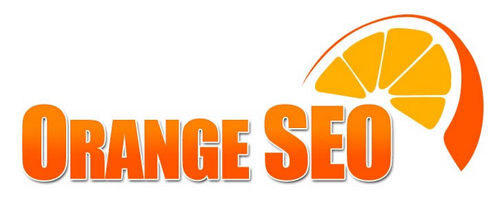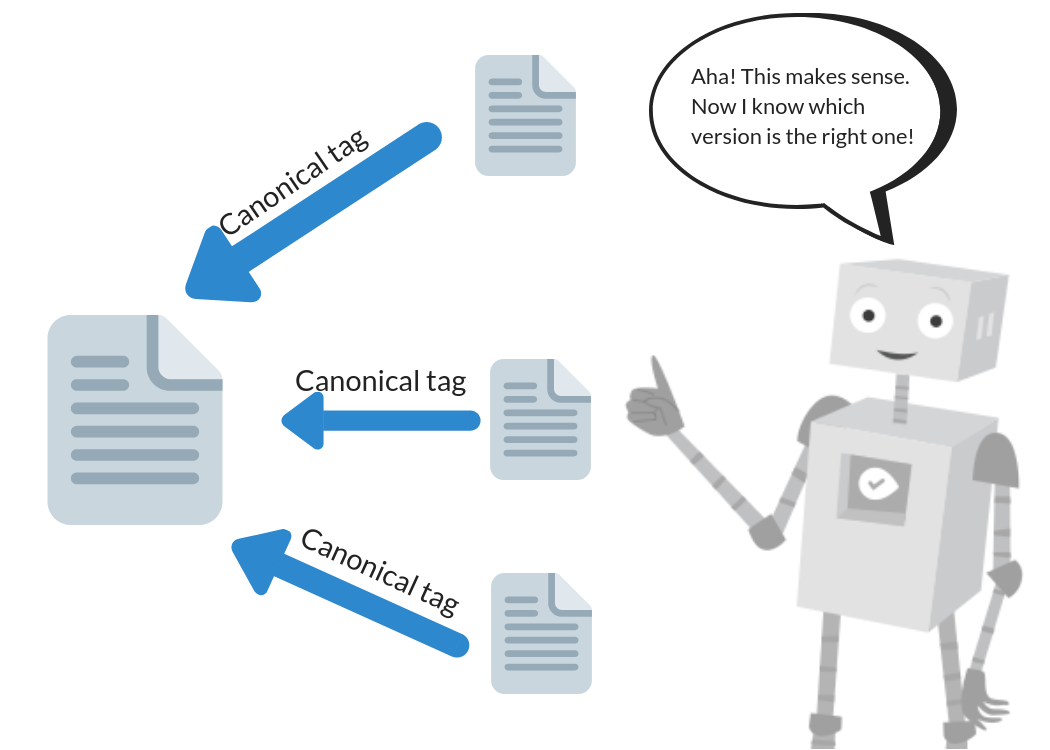When I was first learning about canonical tags, over ten years ago, I will admit that it is very confusing especially because at that time there was such little information about them. At first, I thought I would never us canonical tags because I didn’t plan to have duplicate content on my website or my client’s websites. But canonical tags are so much more than just tags you use to stop content duplication on your website it also helps with keyword cannibalization and similar content that is ranking for the same keyword. If you don’t do canonical tags correctly or at all it can confuse Google and hurt your rankings.
What Is A Canonical Tag?
A canonical tag, also known as rel=canonical in HTML, is a way of telling search engines that a specific URL represents the master copy of a page. Using the canonical tag prevents problems caused by identical or "duplicate" content appearing on multiple URLs. Practically speaking, the canonical tag tells search engines which version of a URL you want to appear in search results.
Canonical Tags Used for Duplicate Content
Duplicate content is a complicated subject, but when search engines crawl many URLs with identical (or very similar) content, it can cause several SEO problems. First, if search crawlers must wade through too much duplicate content, they may miss some of your unique content. Second, large-scale duplication may dilute your ranking ability. Finally, even if your content does rank, search engines may pick the wrong URL as the "original." Using canonicalization helps you control your duplicate content.
Canonical Tags and Keyword Cannibalization
After working on several very large websites that had no focus on SEO, I noticed that most pages have keyword cannibalization. I was able to find this by looking at the website sitemap pages and checking their keyword density. Most clients don’t know that keyword cannibalization can negatively affect your website search rankings so they will continue to write content that focuses on a couple of keywords that want to rank for because they think that is how SEO works. Yes, it is good to write new and fresh content, but it is bad to always focus on the same subject or keyword every time.
The first thing you need to do if your website has keyword cannibalization is to look at all your pages and see what the main keyword is for those pages. Next, you will need to decide what is the priority page for that main keyword. Once you have done this you will need to make a rel=canonical to tells Google what the authority page is. Google will now know what the main page is to rank for that keyword and will not negatively rank you for keyword cannibalization.
Should I Put A Canonical Tag on Every Page or Just Duplicate Pages?
I get this question a lot and yes you will need to put canonical tags on each page. Even if the page is not a duplicate page you will need to put a canonical tag in the code. Homepage duplicates are very common actually and people may link to your homepage or a popular page on your website in many ways. It’s a good practice to put canonical tags on all your pages to prevent unforeseen problems. Also, Google Search Console Link Inspection Tool will let you know if there is a canonical tag missing. This is a key indication that Google looks at canonical tags on each page and it is an important factor to Google when crawling your pages. You can also use the MozBar to see if there is a canonical tag on each of your pages if you looking to check this quickly.
It’s ok if a canonical tag points to the current URL. In other words, if URLs X, Y, and Z are duplicates, and X is the canonical version, it’s ok to put the tag pointing to X on URL X. This may sound obvious, but it’s a common point of confusion.
Canonical Tags and Similar Content?
Putting canonical tags on similar content is a best practice in my opinion even thought this is a very debated concept. Similar content is also called near duplicates. I believe it is very important to do this practice with similar content because not only can this confuse Google when it comes to ranking but it can also hurt your rankings negatively and I have seen this with many of my clients that Is why I want to focus on this subject.
This might seem like a no brainer because if you have similar content, then will most likely have the same keyword for that page but his is a very common question I get from clients. Even if the content is not exactly same but it goes after the same topic, the likely hood that that page is using the same keyword is very high. This similar content issue is tricky and does not work for all situations. If the similar content is focusing on a different keyword and the subject and content is different enough then you don’t have to indicate the other page in the rel=canonical tag. But 9 out of 10 times when the topic is similar then so is the main keyword. Be sure to review this scenario closely when reviewing all pages on the sitemap that look very similar but have small differences.
Check Your Canonical Tags Regularly
If your website already has canonical tags that is great, but you will need to spot check your pages canonical tags on a quarterly or yearly basis depending on how fast things change on your website.
Some things you will need to check is to make sure your canonical tags don’t go to any 404 or non-existing pages. Avoid mixed signals to Google about canonical tags. In other words, don’t canonicalize page A -–> page B and then page B -–> page A. Likewise, don’t canonicalize page A -–> page B and then 301 redirect page B -–> page A. It’s also generally not a good idea to chain canonical tags (A-–>B, B-–>C, C–->D), if you can avoid it. Send clear signals, or you force search engines to make bad choices.
Sometimes bad code causes a site to write a different canonical tag for every version of the URL (completely missing the entire point of the canonical tag). Make sure to spot-check your URLs, especially on e-commerce and CMS-driven sites.




